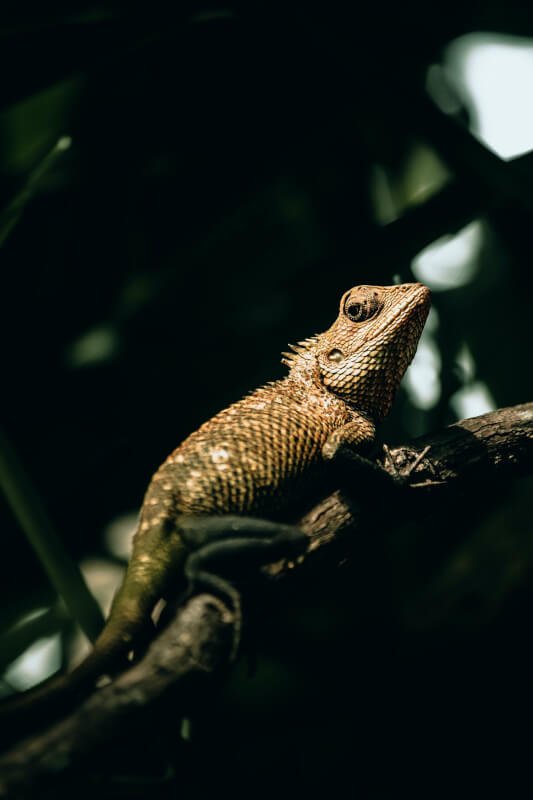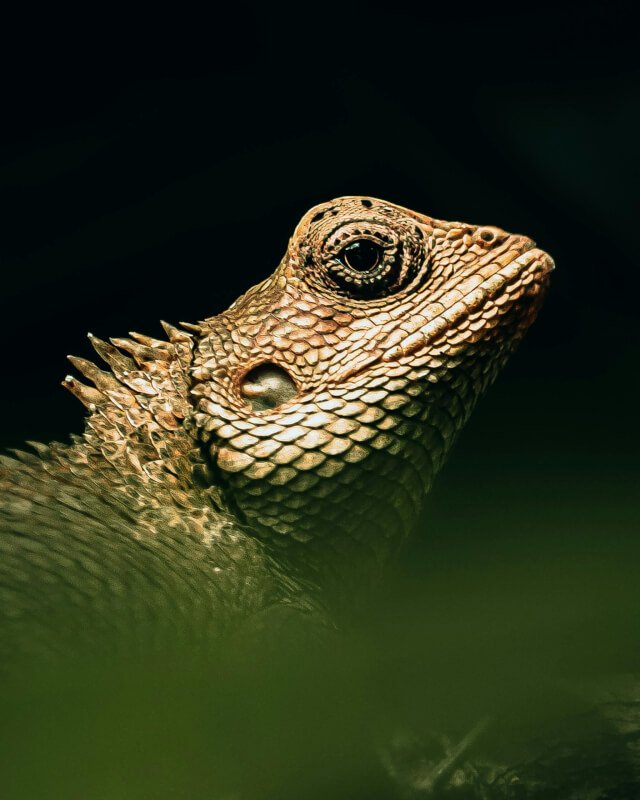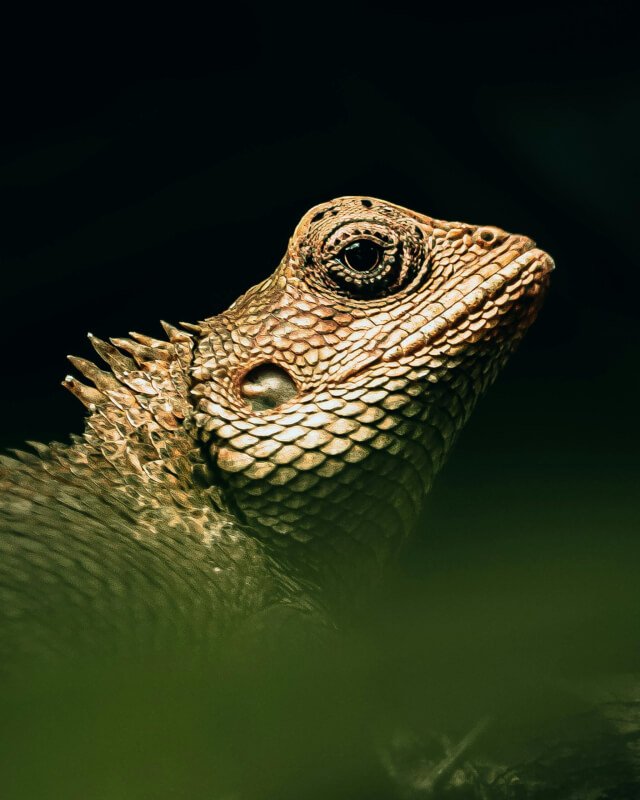Do you have a pet snake and want to make sure it feels safe and secure in its enclosure? Providing adequate hiding spots is essential for your snake’s well-being. Snakes are natural burrowers and enjoy having secluded places they can retreat to for security. In this article, we will explore some simple and effective ways to create hiding spots for your beloved snake, ensuring its comfort and peace of mind.

Choosing the Right Hiding Spots
As a reptile owner, providing your snake with suitable hiding spots is crucial for their overall well-being. Snakes are inherently secretive creatures, and having a safe and comfortable space to retreat to is essential for their mental and physical health. When choosing hiding spots for your snake, you have two primary options: naturalistic hiding spots and artificial hiding spots. Each option has its own benefits and considerations, so let’s explore them further.
Naturalistic Hiding Spots
Naturalistic hiding spots mimic the natural environments where snakes would seek shelter in the wild. These spots not only provide a sense of security but also add aesthetic value to the enclosure. Here are some naturalistic hiding spot options to consider:
Using Live Plants
Live plants not only enhance the visual appeal of your snake’s enclosure but also provide cozy hiding spots. Plants with dense foliage, such as pothos or snake plants, can create lush hiding places for your snake. Make sure to choose non-toxic plants suitable for your snake species.
Wooden Logs and Branches
Wooden logs and branches can provide both hiding spots and climbing opportunities for arboreal snake species. Make sure to choose wood that is safe and untreated, as some types of wood can be toxic to reptiles. Sand down any rough edges to prevent injuries.
Rock Caves and Crevices
Rock caves and crevices replicate the natural rocky habitats where snakes often seek refuge. Ensure that the rocks are securely placed to prevent any potential collapses or injuries. Clean them regularly to maintain a hygienic environment for your snake.
Artificial Hiding Spots
Artificial hiding spots offer the advantage of easy maintenance and durability. They are readily available in pet stores and come in various shapes and sizes. Here are some options to consider:
Commercial Hiding Hideouts
Commercial hiding hideouts are designed specifically for reptiles and offer a range of choices. They often come in the form of caves, tunnels, or small shelters. When selecting a commercial hideout, ensure that it is appropriately sized for your snake and made of safe materials.
DIY Hideouts
If you prefer a more personalized touch, you can create your own hiding spots using materials such as plastic containers or PVC pipes. It is important to ensure that these DIY hideouts do not have any sharp edges and are securely placed in the enclosure.
Factors to Consider
When choosing and arranging hiding spots for your snake, several factors need to be taken into consideration:
Size of the Hiding Spots
Snakes vary in size, and it is essential to provide hiding spots that correspond to their dimensions. Ensure that the hiding spots are large enough to enable your snake to fully conceal its body. A cramped hiding spot can cause stress and discomfort.
Number of Hiding Spots
Having multiple hiding spots within the enclosure is crucial. This allows your snake to choose a hiding spot that suits its mood or temperature preference. Ideally, provide at least two hiding spots, one on the warm side of the enclosure and another on the cool side.
Accessibility
Hiding spots should be easily accessible to your snake. They should not be obstructed by any decorations or accessories in the enclosure. Your snake should be able to enter and exit the hiding spot without difficulty.
Privacy and Security
Hiding spots should provide adequate privacy and security to your snake. They should be positioned in areas of the enclosure where there is minimal disturbance or exposure to external stimuli. A sense of security is crucial for your snake to feel comfortable and stress-free.
Arranging Hiding Spots
Once you have chosen the right hiding spots for your snake, arranging them effectively within the enclosure is vital. Consider the following points when positioning the hiding spots:
Positioning in the Enclosure
Place the hiding spots in various locations throughout the enclosure. This will enable your snake to explore different areas and create a sense of variety in its living space. Avoid clustering the hiding spots in a single area, as this may limit your snake’s movement and choice.
Variety of Hiding Spots
Offer a variety of hiding spots with different characteristics. This can include different shapes, sizes, and textures. By providing a range of options, you cater to your snake’s individual preferences and provide mental stimulation.
Placement in Relation to Heat Sources
Consider the placement of hiding spots in relation to heat sources, such as under tank heaters or heat lamps. Snakes thermoregulate by moving between warm and cool areas. Positioning a hiding spot on the warm side allows your snake to regulate its body temperature effectively.
Creating Multiple Levels
If your enclosure allows it, consider creating multiple levels of hiding spots. This can be achieved by adding branches or platforms at varying heights. Different levels provide opportunities for climbing and mimic the natural vertical environment that some snake species thrive in.
Ensuring Optimal Hiding Spots for Different Snake Species
Different snake species have distinct hiding preferences based on their natural habitat. Here are some considerations for specific snake species:
Burrowing Snake Species
For burrowing snake species, provide hiding spots that replicate underground tunnels or burrows. Substrates such as coco fiber or cypress mulch can be used to create a more naturalistic environment. Ensure that the substrate is deep enough to allow your snake to burrow comfortably.
Arboreal Snake Species
Arboreal snake species require vertical hiding spots and perching opportunities. Decorate the enclosure with branches, vines, or elevated platforms to accommodate their climbing nature. Providing hiding spots at varying heights will enable your snake to explore its enclosure fully.
Semi-Aquatic Snake Species
Semi-aquatic snake species require hiding spots that cater to both their terrestrial and aquatic needs. Incorporate both land and water areas in the enclosure, ensuring hiding spots are available in both sections. Aquatic hiding spots can include floating platforms or caves partially submerged in water.

Maintenance and Cleaning
Regular maintenance and cleaning of hiding spots are essential to ensure the health and well-being of your snake. Consider the following practices:
Regular Inspection
Inspect the hiding spots regularly for any signs of damage, wear, or mold. Replace or repair any damaged hiding spots promptly. Regular inspection allows you to identify potential hazards and maintain a safe environment for your snake.
Sanitizing Hiding Spots
Cleaning the hiding spots periodically is crucial to prevent the buildup of bacteria or parasites. Follow appropriate cleaning protocols based on the material of the hiding spot. Non-porous materials, such as plastic, can be sanitized with mild soap and water. Porous materials, such as wood, may require different cleaning methods.
Signs of Inadequate Hiding Spots
Inadequate hiding spots can negatively impact your snake’s well-being. Pay attention to the following signs that could indicate the need for improvement:
Restlessness and Stress
If your snake seems excessively restless, constantly pacing, or exhibiting signs of stress (such as refusing to leave its hiding spot), it may indicate that the current hiding spots are insufficient. Assess the situation and consider providing additional or more suitable hiding spots.
Prolonged Exposure
If your snake is spending extended periods exposed in the open without seeking hiding spots, it could be an indication of inadequate hiding options. Reevaluate the placement and number of hiding spots available.
Refusal to Eat
Snakes that consistently refuse their meals may be experiencing stress due to the lack of suitable hiding spots. Food refusal can be a sign of discomfort or anxiety. Ensuring proper hiding spots can help reduce stress and encourage regular feeding.

Conclusion
Creating appropriate hiding spots for your snake plays a crucial role in their overall well-being. By providing naturalistic or artificial hiding spots, considering factors such as size, number, accessibility, privacy, and security, and arranging them effectively within the enclosure, you can ensure that your snake feels safe and comfortable in their environment. Regular maintenance, cleaning, and attentive observation will help you identify and address any issues promptly. With optimal hiding spots, you can provide a stress-free and enriched habitat for your snake, promoting their physical and mental health.


